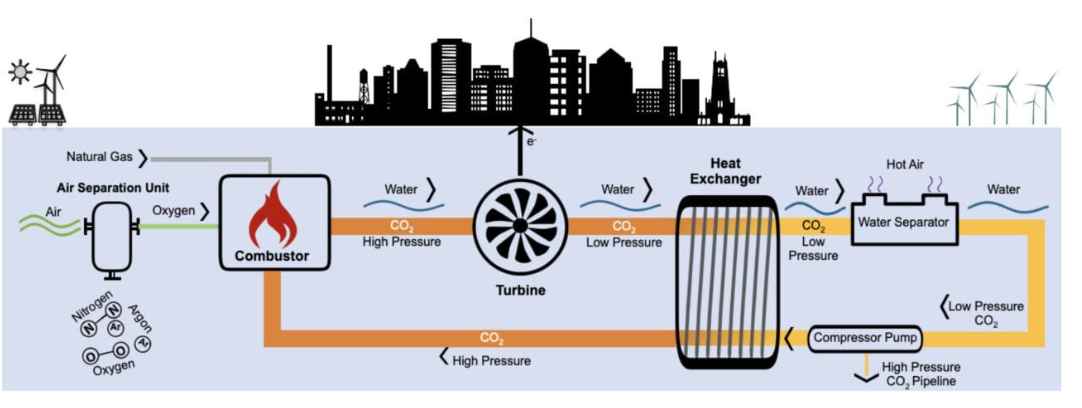

.png?sfvrsn=1b6bae1a_0) (FASTER)
(FASTER).png?sfvrsn=ac211bda_0)
Our research focuses on the experimental and modeling studies of combustion processes in CO2 bath gas, aiming to advance clean energy technologies with inherent carbon capture. One study investigates hydrogen ignition in CO2 bath gas, measuring ignition delay times (IDTs) at temperatures between 1050-1300 K and pressures of 20-40 bar. By comparing experimental data with the UoS sCO2 2.0 and AramcoMech 2.0 chemical kinetic models, we found that UoS sCO2 2.0 offers superior accuracy. This work highlights the importance of further validation using OH time-histories to enhance the kinetic mechanisms. Another study explores syngas combustion in CO2 bath gas, using a high-pressure shock tube to measure IDTs at 20 and 40 bar over a temperature range of 1100-1300 K. The results demonstrate that UoS sCO2 2.0 outperforms AramcoMech 2.0 in predicting experimental IDTs. This research provides crucial IDT data for various equivalence ratios and H2 ratios, contributing to the development and validation of chemical kinetic mechanisms. A third study examines the autoignition of methane and methane/hydrogen blends in CO2 bath gas at 20 and 40 bar. New IDT datasets were compared with predictions from UoS sCO2 2.0 and NUIGMech1.1 models. The findings elucidate the differences in chemical kinetics between methane, hydrogen, and their blends, with a focus on the impact of CO2. This research identifies the need for further studies on methane/hydrogen blends under different conditions to refine kinetic models.

Collectively, these studies provide valuable experimental data and insights into the combustion behavior of hydrogen, syngas, and methane/hydrogen blends in CO2 bath gas. Our work supports the advancement of chemical kinetic mechanisms for CO2-rich environments, promoting the development of clean energy technologies with effective carbon capture.

(a) Effect of replacing N2 with CO2 on ignition of Pure H2 at an equivalence ratio of 1. (b) Syn gas ignition in high-CO2 dilution (c) Effect of blending pure H2 with CH4 at high-CO2 dilutions.
Impact